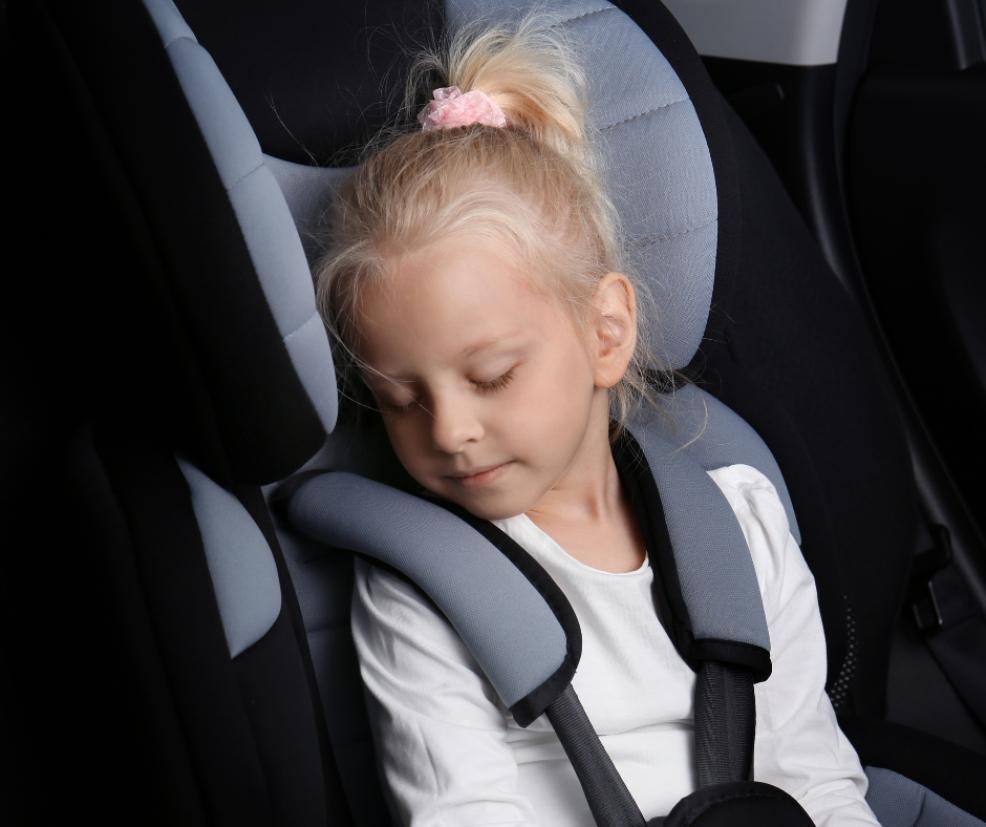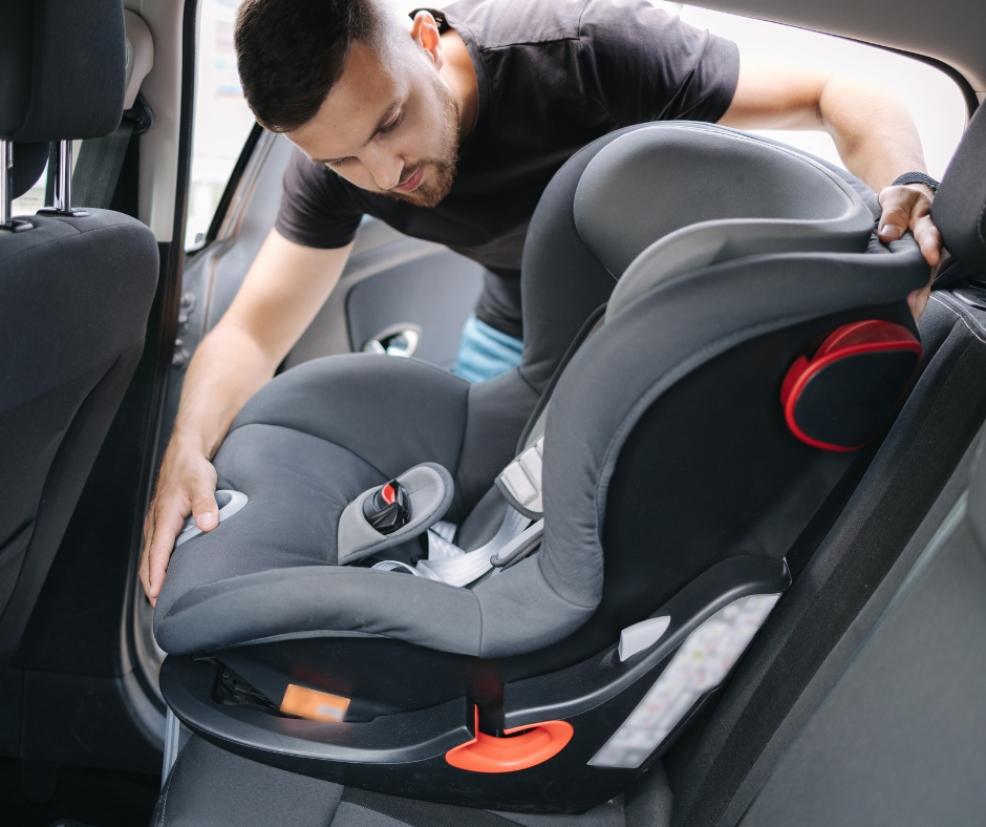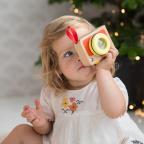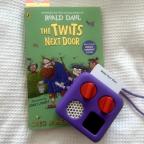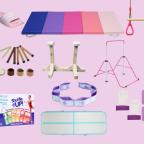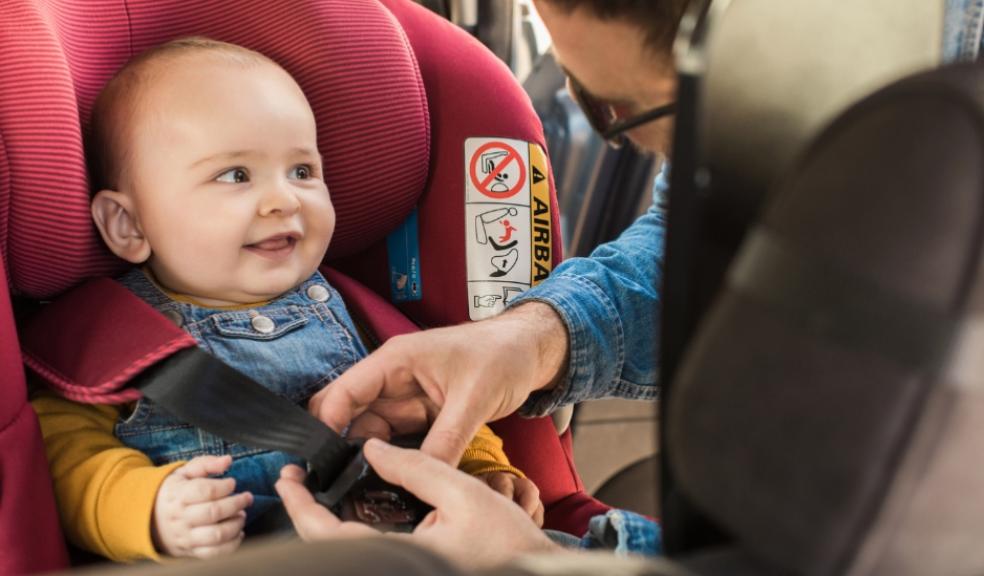
Car Expert Reveals Parent-Perfect Tips to Safely Install Your Child Car Seat
Setting off on a road trip with your partner and little ones can make the experience all the more special. When you have kids on board, however, it’s more important than ever to take some crucial safety precautions to ensure no unwanted accidents occur along the way.
Driving with an unsuitable, incorrectly fitted or no child car seat at all can put the well-being of your young passengers at risk, and you may be issued with a fine of up to £500 if caught by the police.
Current regulations in the UK state that children must use a child car seat until they are 12 years old or 135cm tall – whichever comes first. Once they’ve grown older or taller than the age or height limit, they’ll have to wear a standard seat belt like all adult passengers.
But what else should you consider when chauffeuring your kids in your used Audi or BMW? cinch, the faff-free way to buy a car online, has revealed some of the most common mistakes made by parents when buying and installing child car seats, helping to highlight the dos and don’ts of keeping your little ones safe inside the cabin.
Overlooking the child car seat manual
One of the most common errors when buying and installing a child car seat is not reading the seat’s manual.
Sam Sheehan, motoring editor at cinch, explained: “Reading an instruction booklet about how to fit your child car seat is a first vital step to keep your little one safe while on the road.
“Every car seat has specific requirements for safe installation, meaning that common knowledge or ‘winging it’ shouldn’t be relied on to set up the seat correctly.
“By following the instructions provided, you can reduce the risk of mistakes, understand the unique safety features of the seat, adjust belts and latches effectively, and hit the road with peace of mind.
“Before buying a new car seat, check your vehicle owner’s manual to make sure the seat is compatible with your car.
“Your owner’s manual will also allow you to spot ISOFIX anchoring points inside the car, which are designed to ensure your child seat is securely locked in.”
Not picking the right height- and weight-based seats
When buying a child car seat, don’t make the mistake of choosing one without doing your research or checking specific height and weight limits.
Height-based child seats, also known as ‘i-Size’ seats, must be EU-approved to be installed in your vehicle. All permitted height-based seats have a label featuring a capital ‘E’ in a circle and ‘R129’.
As for weight-dependent seats, all EU-allowed models will show a capital ‘E’ in a circle, as well as the code ‘ECE R44’. To ensure better protection, these seats are divided into different groups according to the child’s weight or age.
For example, for a baby under 15 months old and weighing up to 13kg, you’d be looking at a Group 0/0+ model. Meanwhile, for more grown-up children aged over five or six and weighing between 22kg and 36kg, you’d need to consider Group 3 options.
Installing the seat in the wrong position and at the wrong angle
Installing a child seat in the incorrect position isn’t only wrong – it’s dangerous, too.
Some kids will ask to sit in the front with mum or dad as it gives them the impression of being a grown-up, but gently remind them that they’ll have plenty of time to buckle up next to the driver in the future.
The safest place to fit your child car seat is in the back seat, away from active airbags. While perfect to protect the head and face of an adult-sized passenger in the event of a collision, airbags can represent a threat to kids’ wellbeing.
The head of toddlers and young children tends to be large in relation to the rest of the body, making it difficult to maintain an upright position even in a light accident. This can put them at a greater risk of coming face-to-face with the force of an expanding airbag, which can, in turn, cause serious injuries.
It’s also important to recline your child seat at the correct angle so that your little one’s head doesn’t flop forward – particularly when asleep. For example, babies must ride semi-reclined, as this will help keep their airways open.
Some child seats will have specific parts or features that will easily allow you to change to the right angle based on your child’s age, weight or height. As always, make sure to read through the seat’s manual for all the details.
Moving to forward-facing seats too soon
It’s only normal for parents to want to see their baby’s face in the rearview mirror, which is why some people choose to install a forward-facing model before it’s recommended.
However, the most secure way to carry a young passenger on board is to strap them into a rear-facing seat, at least until they weigh more than 9kg.
This is because rear-facing models offer a higher level of protection to toddlers’ and children’s delicate necks, heads and spines, as the child’s vulnerable body parts are cocooned by the padding and shell of the seat.
Although these types of car seats provide better protection, the same rules for front-facing options apply – rear-facing seats should always be fitted at the back. If installed at the front, the child’s head will be too close to the airbag and can suffer severe consequences if the bag is activated.
Tightening straps too loosely
Some parents might be tempted to strap their children loosely as they are worried about them becoming uncomfortable during the journey. But not buckling up your kids tight enough could give them inadequate protection if you suddenly need to brake.
So, always strap your little ones in snugly – you should be able to fit about two fingers between the child’s chest and the harness.
One way to unite safety and comfort is to remove your kid’s heavy outer clothes. Take their winter coat off, buckle the harness and then place the clothing item or a blanket over them. This will keep them happy, secure and warm until you reach your destination.
Before setting off, remember to inspect the condition of your child seat straps. If they're showing signs of wear and tear, it might be time to swap them with a new one to ensure your little one is as protected as can be.
Travelling with your family can be a wonderful experience, but with your little ones at the back, as a parent and a driver, it’s your responsibility to ensure they’re safe from the moment you open the car doors.
From reading the child seat’s manual to fitting it in the right spot and at the correct angle, plenty of installation must-knows will allow you to get cruising securely and confidently with your young passengers. Happy travels!

